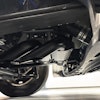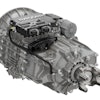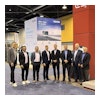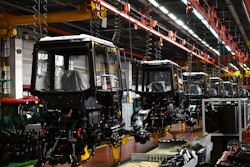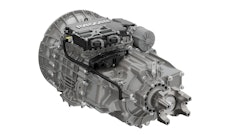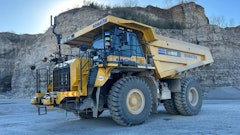
Preliminary Class 8 truck orders declined in October 2021 from the previous month. While fleets are looking to add more trucks, many OEMs are not taking orders, or at least not as many orders, due to ongoing supply chain constraints.
FTR reports Class 8 net orders were down to 24,500 units in October, a 12% decline from September and 39% decrease on a year-over-year basis. The research firm says orders have stayed within the range of 23,000-28,000 units for 5 of the past 6 months due to OEM production challenges. Total Class 8 orders are at 437,000 units for the past 12 months according to FTR.
Component shortages continue to plague OEMs, and FTR says first quarter 2022 production rates are currently uncertain because of these supply chain challenges as well as the added difficulty of worker availability.
“The OEMs are having tremendous difficulty planning production for Q1. Unfinished orders are rolling over from 2021 and there are fleets placing new orders for 2022 delivery. All these fleets are desperate for new trucks and the challenge for the OEMs is to book the maximum production possible without excessive overbooking,” said Don Ake, Vice President of Commercial Vehicles for FTR, in the research firm's press release announcing its October order figures. 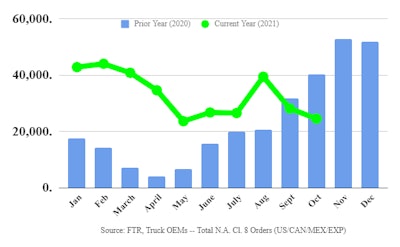 FTR
FTR
“The OEMs are using different methods in managing the backlog. Some are canceling 2021 orders and rebooking those orders in 2022, sometimes at higher prices, as commodity and other costs remain elevated. Others are only booking a limited number of orders every month.
“It is interesting that the order rate has been basically tracking the production rate since May, with a couple of exceptions. It indicates that the market is essentially frozen in this range of around 22,000-26,000 trucks. Without the clogged supply chain, production would be significantly higher, and orders would be elevated also.”
ACT Research reports net Class 8 truck orders came in at 23,600 units in October while Classes 5-7 declined to 21,900 units.
“Supply-side constraints continue to pressure new order activity,” said Kenny Vieth, ACT’s President and Senior Analyst, in the firm's press release announcing its October order numbers. He continued, “With backlogs stretching into the second half of 2022 and still no clear visibility on the easing of the everything shortage, modest October order results suggest the OEMs are taking a more cautious approach, so as not to extend the cycle of customer expectations management.”
Vieth concluded, “Importantly, we reiterate, with critical economic and industry demand drivers at, or near, record levels, industry strength is exhibited in long backlog lead-times, rather than soft orders in October. In addition to ongoing strength in key freight-generating economic sectors and pent-up goods demand growing across a broad front, ACT’s preliminary read of the publicly traded TL carriers Q3 financial results shows net profits approaching best-ever levels.”
Final data from both research firms will be available later in the month.
Automotive sees chip improvements while CV industry unchanged
ACT Research's latest North American Commercial Vehicle OUTLOOK indicates major automotive CEOs are reporting the semiconductor shortage bottomed in September-October. However, supply constraints for this vital component remain unchanged for the commercial vehicle industry. Other supply and workforce challenges remain, as well.
“Despite rock-solid demand metrics across the spectrum of medium and heavy-duty vehicle types, industry capacity remains range-bound across a broad front of supply-chain constraints,” said Vieth in ACT's press release announcing the release of its latest report.
He continued, “Those constraints are not localized [to] CV industry specific challenges, but continue as pandemic-driven failures in a globally reliant web of interrelated supply chains. Rebuilding complex global networks requires the system to spin at roughly the same speed, which it is decidedly not doing at present.
“On the positive side of the ledger, in the recent round of Q3 earnings calls, major automotive CEOs indicated that they believe the semiconductor shortage bottomed in the September-October period. Backing up those claims, for the first time in in 8 months, automotive inventories in the U.S. actually rose sequentially in October. Less positive is that despite their lofty roles at the top of the global automotive industry, the CEOs remain less than forthcoming about when they believe the chip situation will experience material easing.”


